Product sourcing proves to be very challenging, especially for newcomers in the business world. It is not easy to source the right products of good quality at good prices and make substantial profits. To make your business more successful, continuous learning and accumulating sourcing experience are essential. In tolday’s blog, I share some common ways and tips for product sourcing.
1. What is product sourcing?
Product sourcing is the process of finding and selecting suppliers to obtain products for resale or business use. For example, if you’re opening a store on Amazon, your product sourcing typically includes these steps:
- Find profitable products via market research.
- Contact and select suppliers.
- Negotiate good prices and shipping terms.
- Arrange logistics and receive products.
While these steps may appear straightforward, mastering product sourcing demands time and skill. Since “finding the right products and suppliers” are the two most important and challenging steps, I’ll explain them in detail below.
2. Find the right products via market research
Whether you’re sourcing products for business operations or resale, the first step is product market research. Here, we focus on sourcing products for resale and take e-commerce product sourcing as an example.
Firstly, conduct product research to know current market trends and consumer demands. Explore which product categories or brands perform well in the market and which products have growth potential.
There are some channels to get good product ideas, such as:
Amazon, AliExpress, and other big e-commerce platforms to know the best-selling items.
Social media platforms, such as Instagram, Facebook, TikTok, Reddit, Quora, etc., to know the latest trends.
Subscribe to some professional, large Chinese suppliers like JingSourcing Monthly Report for profitable product ideas.
Next, utilize e-commerce tools for further analysis. For example, Google Trends shows the search interest of products over time and which regions are most interested. Google Keyword Planner helps you understand the search volume of specific products. Here are some examples.
Besides Google tools, there are many other e-commerce tools available, such as Facebook Insights, Tableau, Doofinder, Paperform, etc.
Then, analyze your competitors for the products you’re interested in selling, getting to know their selling points & sales data. Check customer reviews to figure out what they really want, whether they are more focused on appearance or functionality, their preferred fashion style, etc. All these will give you the best idea to enhance your products to make your products better meet target customer needs and identify your niche market for business growth.
For beginners, especially those with limited budgets, I recommend slight modifications to existing products rather than complex changes or new product development, which can be costly, ranging from thousands to tens of thousands of dollars.
Many of our clients are just starting in business, and they often opt for the simplest and most affordable approach, such as white labeling products for differentiation, such as logo printing, custom packaging, bundling products and accessories to sell in sets, etc.
3. Which product sourcing websites suit your business?
Your budget determines the type of e-commerce business you can engage in, and different types of businesses dictate where you should look for products.
Dropshipping—AliExpress
AliExpress is a B2C platform under the Alibaba Group, connecting Chinese retailers with buyers worldwide. Many dropshipping entrepreneurs prefer to use AliExpress because it offers a wide variety of products and supports single-item dropshipping. It’s easy and quick to find desired product types to test the market without the pressure of holding inventory. Moreover, the after-sales service is reliable.
For any newcomers venturing into the dropshipping business, I highly recommend going directly to AliExpress. No need to consider other options. Even if your profits aren’t high, this is the lowest-cost way to test products and the market.
POD business
POD, Print-on-Demand, is highly popular in Europe and America. Many entrepreneurs choose the POD model to achieve product differentiation. Additionally, since the products are on-demand customized, it reduces initial investment and inventory risks, making it beginner-friendly.
When starting a POD business, it’s common to source products from large POD companies, such as Printify and Printful. This model operates similarly to dropshipping. When you receive a customer order, you simply forward it to your chosen POD company, and they handle product printing, production, packaging, and send packages to your end consumers.
As you sell for a while and notice stable sales of a particular product, you can then wholesale to lower costs, similar to many medium to large POD companies that source from China.
Small wholesale–DHgate
When you have a budget of $100 or a few hundred dollars, go directly to DHgate to source products and suppliers. DHgate is a Chinese B2B online trading platform for small orders. Sellers on the platform support purchases of just a few or several dozen units of each product.
This is why many small Amazon/eBay sellers and startups prefer to use DHgate to find and wholesale Chinese products at cheap prices and resale at higher prices.
Large Wholesale—Alibaba, Made-in-China, Global Source
Large wholesale websites include Alibaba, Made-in-China, and Global Source. In terms of overall scale, including product types and suppliers, Alibaba is much larger than the other two. Additionally, in terms of user experience, Alibaba stands out as the best. Although all three sites optimize their interfaces, Alibaba updates more frequently, offering richer product descriptions, images, and videos, making it more user-friendly.
However, it’s hard to say which is the absolute best. For the same product, you can find suppliers on all three platforms and compare prices.
4. JingSourcing makes it easy to source goods from China
JingSourcing is a leading procurement company in China, founded in 2015 and trusted by over 4000 clients for product sourcing. We provide a one-stop product sourcing service, which is innovative in the sourcing industry. This includes finding reliable suppliers, making sample products, monitoring production, inspecting finished products, arranging international shipping, and more.
We mainly assist startups & small sellers in solving various issues in China sourcing.
For example, if you have a limited budget but still want to customize products, you can certainly search for suppliers on wholesale platforms yourself. However, screening suppliers and ensuring error-free production can be overwhelming. And in the process, you’ll encounter various issues. Suppose you ask a supplier if a plush toy can be customized, and they may say yes, but the samples you receive may be completely different from what you expected.
Like most of our clients—newbie sellers on platforms like Amazon, they’ve also found suppliers on Alibaba before turning to us. Product differentiation typically faces two main challenges: lack of ideas or high costs. We can provide you with practical solutions to make your low-budget project feasible. This is something wholesale websites cannot achieve because their open platform nature means your project’s outcome depends on the suppliers you find.
Till now, we have helped many sellers successfully achieve product differentiation at low costs, including bundling products, customizing packaging boxes, private label projects, and developing new products from scratch.
Here are some examples of the various sets we offer for our clients:
Chicken Toys Set – besides mainstream toys for cats and dogs, toy sets for pet chickens are niche and gain popularity as chicken pet ownership grows. It’s best to mix and match pet toy products to create differentiation.
Crystal Mining Bucket – a plastic bucket filled with a blend of crystals and minerals, accompanied by digging tools like shovels and sieves, along with a crystal knowledge manual for educational enjoyment. Each crystal in the bucket is unique, providing a surprise factor and an enjoyable experience akin to unboxing.
Medium to large businesses also choose us to source multiple product categories.
In addition, some of our clients are medium to large-scale businesses sourcing multiple product categories. Despite their large order volumes, they still choose us. Because these product categories require supply chain integration, and no single factory can handle all types.
For example, in the pet supplies category, a factory producing dog leashes can’t manufacture dog toys. This means you need to find many suppliers for corresponding products, which is very time-consuming and labor-intensive.
Our value lies in being able to find suitable suppliers for each product type and inspect product quality, as well as consolidating and shipping these products to your location. We make your product sourcing both convenient and efficient, while also saving you sourcing costs.
5. How to evaluate product suppliers?
When evaluating suppliers, it’s not sufficient to rely solely on checking their company profile, as I’ve mentioned several times. For instance, information such as the operating time of the store or the self-introduction can be easily falsified and may not accurately reflect the supplier’s actual situation.
However, the location of the supplier is a useful piece of information. It can help you assess and select suppliers located in industrial clusters, such as the Yangtze River Delta and Pearl River Delta. Because they often have a competitive advantage in terms of pricing based on rich resources and well-established industrial chains in the clusters.
List potential suppliers and make sure to place a small trial order to assess their ability and service quality. Only through cooperation over some time can you truly know whether they are reliable. For suppliers who perform poorly, you can promptly replace them to minimize losses. Remember, time and money invested in this process are invaluable.
Our suppliers are all ones we have collaborated with before, so we know what their products and services are like. And we integrate high-quality suppliers into our database. Furthermore, we guarantee the quality of your products when you choose our Pro Plan and use our selected suppliers.
For defective products found during the product inspection in our warehouse, we will help you replace them for free. This ensures that the quality of the goods you receive meets your requirements, thereby preventing any negative customer reviews resulting from quality issues.
6. When to source via trade shows & wholesale markets?
For startups and small businesses, utilizing platforms like Alibaba and sourcing companies is usually sufficient to meet their product-sourcing needs.
However, if you already have stable product sales and cooperative suppliers but still wish to explore new product ideas or find new suppliers, investing in attending offline trade shows can be worthwhile.
Taking the Canton Fair as an example, Chinese suppliers showcase their latest products at these exhibitions, often competing fiercely with each other by offering lower prices to attract buyers. Thus, purchasers can easily discover innovative designs within their desired product category and explore various new items. Moreover, comparing the product quality and prices of multiple suppliers on-site makes it easier to find reliable ones.
In short, attending trade shows is suitable for those seeking new products or suppliers and have a sufficient budget.
Apart from trade shows, visiting wholesale markets is another effective way to find new suppliers. Many experienced buyers visit wholesale markets in China to search for better suppliers, check their products, and negotiate lower prices. Yiwu market is suitable for various small commodities, while wholesale markets in Guangzhou and Shenzhen are ideal for high-quality electronic products and toys.
If you come to China and encounter any problems, feel free to contact us at any time.
Final thoughts about product sourcing
Product sourcing essentially involves selecting good products and finding reliable suppliers to obtain the products you desire. When it comes to product selection, my advice is to not dwell on finding the perfect “winning products” but to take action promptly.
Many of our clients initially started an e-commerce business by selecting 5-10 products to test the market. Each product typically ranges from a dozen to a hundred pieces, making it easy to manage inventory levels and replenish stock. After a period of product sales, you can observe which products are performing well and which are not, and adjust your product sourcing and sales strategies accordingly.
For products that sell well, focus on promoting them to create bestsellers, replenishing inventory on time, and collecting consumer feedback to continuously improve and diversify the product offerings, thereby attracting more customers.
Regarding products that do not perform well, analyze the reasons and make targeted optimizations. If sales are still sluggish, consider clearing out the inventory, minimizing losses.
JingSourcing serves such a role, ready to assist you at any time. Regardless of your project, we can provide feasible and tailored solutions to make your entire product sourcing process smoother.

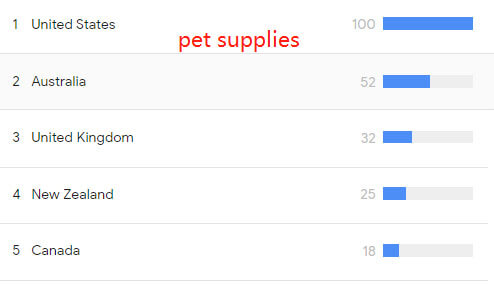
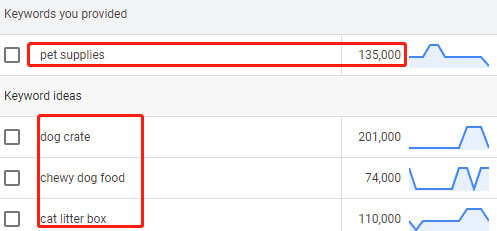
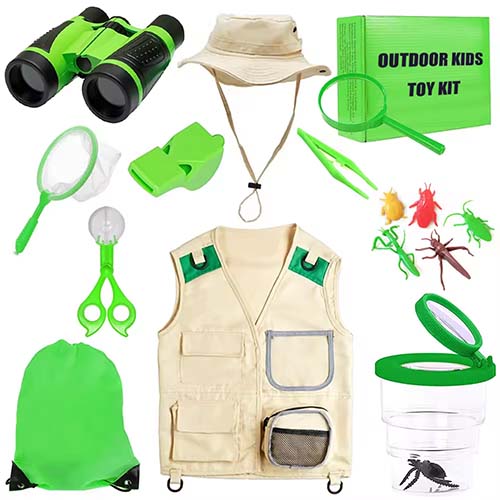



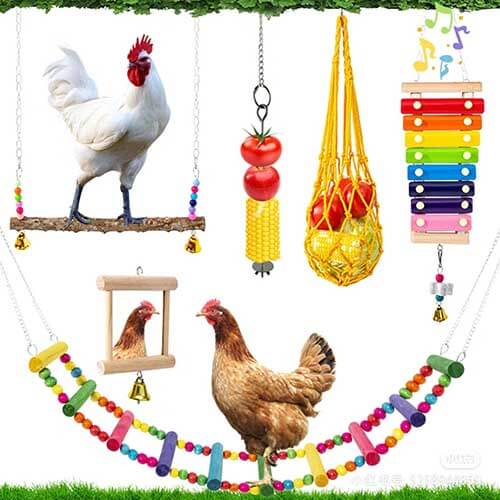
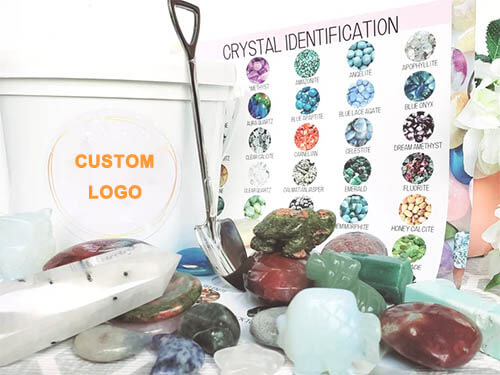


This post is jam-packed with valuable information and I appreciate how well-organized and easy to follow it is Great job!